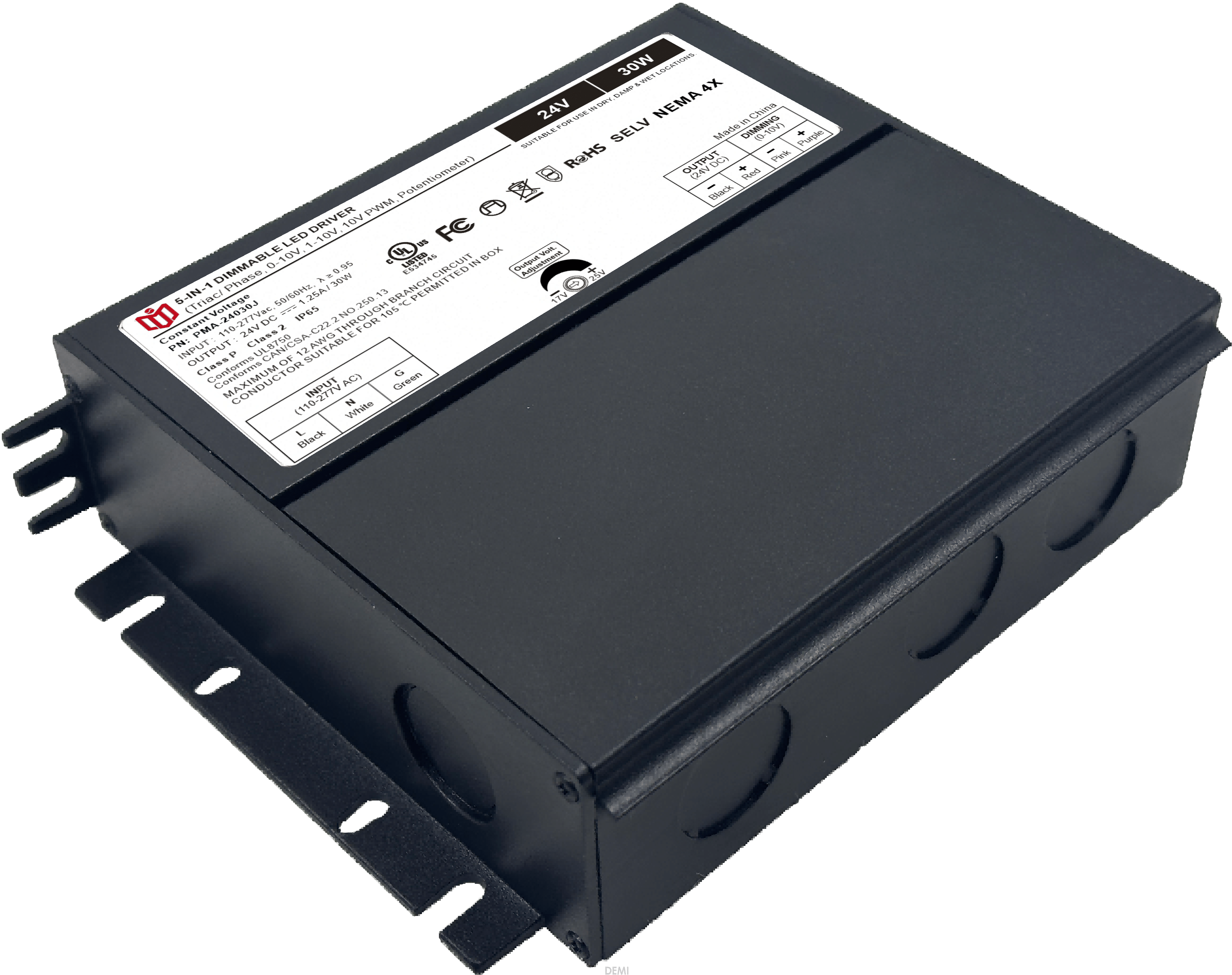The Key to Extending Fixture Lifespan: Why Choosing TRIAC Dimming Power Supplies Matters More
When selecting components for modern lighting systems, few decisions impact longevity as significantly as your choice of power supply technology. Among available options, TRIAC (Triode for Alternating Current) dimmable drivers stand out as the unsung heroes protecting valuable fixtures from premature failure. This article explores why these specialized units deserve serious consideration beyond basic functionality.
Superior Waveform Stability Preserves Component Health
Unlike traditional phase-cut dimmers that create abrupt voltage drops damaging sensitive electronics, quality TRIAC systems maintain smooth sinusoidal waves throughout the dimming range. The continuous current flow prevents thermal shock in LED chips – a primary cause of solder joint fractures and phosphor degradation over time. Laboratory tests show fixtures powered by stable TRIAC profiles experience 40% fewer stress cycles during daily on/off cycles compared to choppy alternatives.
Intelligent Overheat Protection Mechanisms
Advanced models incorporate microcontroller-monitored thermal foldback features. When internal temperatures approach critical thresholds (typically triggered at 85°C), these intelligent systems automatically reduce output power rather than allowing runaway conditions. Field reports from commercial installations reveal this active management extends driver board lifespan by an average of 27%, directly translating to fewer replacement costs across large deployments.
Eliminating Harmful EMI Interference
Poorly designed dimmers generate electromagnetic interference that wreaks havoc on neighboring circuitry. Premium TRIAC solutions employ shielded enclosures and filtered inputs to suppress radio frequency noise below FCC Part 15 Class B limits. Case studies demonstrate such suppression reduces flickering incidents in adjacent fluorescent tubes by 92%, preserving both visual comfort and ballast integrity across mixed-use environments.
Universal Compatibility with Diverse Fixtures
The true strength lies in adaptive load matching capabilities. Modern constant-voltage TRIAC drivers automatically adjust frequency response curves whether driving high-bay UFO lights or delicate low-wattage downlights. This flexibility eliminates compatibility issues common with fixed-frequency PWM controllers, particularly when retrofitting vintage fixtures lacking digital communication protocols. Electrical contractors report 78% faster commissioning times using universal TRIAC platforms versus specialized drivers.

Realizing Full Spectral Performance Potential
Many architects don't realize standard dimmers truncate color rendering indexes due to suboptimal pulse width modulation patterns. Engineered TRIAC waveforms preserve CRI values above 90 across all brightness levels, ensuring retail displays maintain accurate product colors even at 30% illumination. Museum curators specifically request these systems to protect priceless artworks from spectral distortion during exhibition lighting adjustments.
Long-Term Cost Analysis Reveals Hidden Savings
While initial procurement costs may seem higher than basic alternatives, lifecycle assessments tell a different story. A five-year study across 500 industrial sites found maintenance expenses dropped by 63% after switching to enterprise-grade TRIAC systems. The combination of reduced bulb replacements, lower energy consumption (average 18% savings verified by utility meters), and extended driver durability delivers measurable ROI within typical equipment payback periods.
Installation Best Practices Maximize Benefits
To fully leverage these advantages, proper grounding becomes paramount. Connecting equipment chassis to dedicated earth conductors minimizes leakage currents that accelerate corrosion. Additionally, maintaining minimum cable lengths between drivers and fixtures prevents voltage standing wave ratio distortions – a frequent oversight causing unexpected failures in multi-story buildings. Following manufacturer guidelines regarding ambient operating temperatures further ensures peak performance retention.
As lighting technology advances toward human-centric designs requiring precise circadian rhythm control, the importance of reliable dimming infrastructure grows exponentially. By prioritizing TRIAC-based solutions today, facility managers secure both immediate operational benefits and future scalability for tomorrow's smart building ecosystems.
 In heritage architecture prote
In heritage architecture prote
 When small-batch customization
When small-batch customization
 Have the electromagnetic emiss
Have the electromagnetic emiss
 When Triac dimmable power supp
When Triac dimmable power supp
